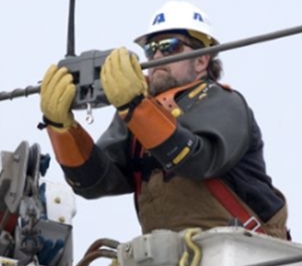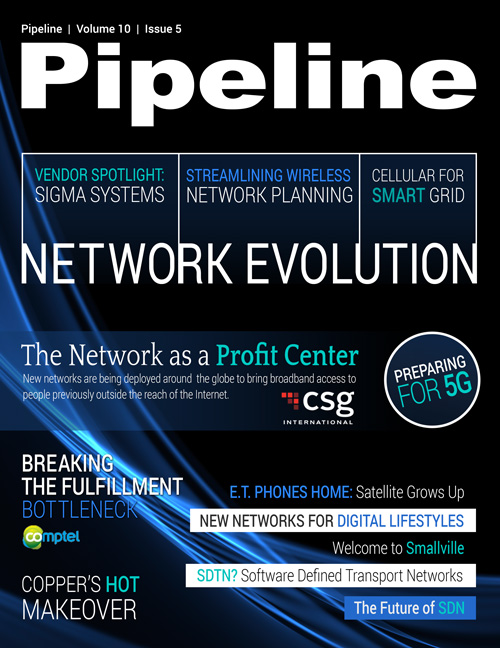Improving the Grid With Cellular

One of the greatest long-term indicators of a country’s potential economic growth is the consistent delivery of affordable and reliable electricity. But devastating weather events and the aging infrastructures of public utilities make the job of keeping the lights on tougher every day.
Consider these statistics: non-weather-related power outages can cost US businesses and consumers up to $188 billion a year, according to Massoud Amin, professor of electrical and computer engineering at the University of Minnesota; and, in a study of 15 major storms that took place in the US between 2004 and 2012, power restoration was shown to take anywhere from 3 to 20 days (Executive Office of the President, “Economic Benefits of Increasing Electric Grid Resilience to Weather Outages,” August 2013).
The distribution portion of the US electric grid spans well over six million miles, and the Edison Electric Institute (EEI) says it’s where more than 90 percent of power outages occur. Without the ability to get real-time situational awareness data back from the distribution network, it becomes increasingly challenging to improve reliability and restore power quickly to customers. But with an investment in distribution-grid modernization, many experts believe we can make the grid more resilient to outages. The core components of grid modernization include (see figure 1 below):
- a reliable communications network (e.g., cellular or private wireless mesh) with enough bandwidth to send real-time grid data to back-office systems and cover the six million miles of the distribution network where visibility has been lacking;
- new grid-sensing equipment with the built-in ability to communicate grid conditions across the network;
- new data and IT systems with predictive grid analytics capable of sharing real-time grid conditions in order to drive more intelligent decisions.
The good news is that by using today’s cellular network as the communications layer, grid modernization into the heart of the distribution network can be an affordable reality for the first time.

Source: McKinsey & Company, 2010
According to, S.M. Kaplan, an electrical grid is an interconnected network for delivering electricity from suppliers to consumers. It consists of generating stations that produce electrical power, high-voltage transmission lines that carry power from distant sources to demand centers, and distribution lines that connect individual customers, as shown on the far right of the diagram above.
Power stations may be located near a fuel source, at a dam site, or to take advantage of renewable energy sources, and are often located away from heavily populated areas as shown in 4, above. They are usually quite large to take advantage of the economies of scale. The electric power which is generated is stepped up to a higher voltage-at which it connects to the transmission network (number 3, in the diagram above).
The transmission network will move the power long distances, sometimes across international boundaries, until it reaches its wholesale customer (usually the company that owns the local distribution network).
On arrival at a substation, the power will be stepped down from a transmission level voltage to a distribution level voltage called medium voltage. As it exits the substation, it enters the distribution wiring. Finally, upon arrival at the service location, the power is stepped down again from the distribution voltage to the required low voltage service (numbers 1 and 2 above).



















